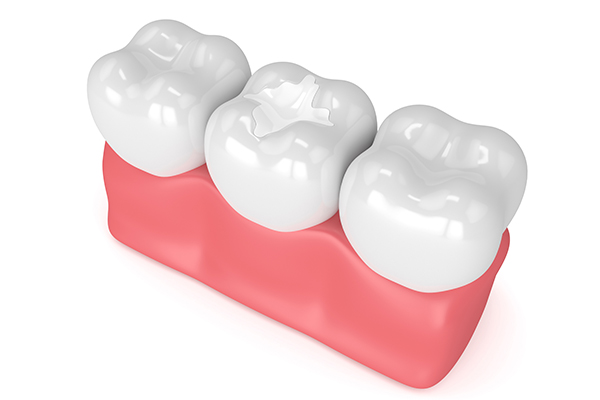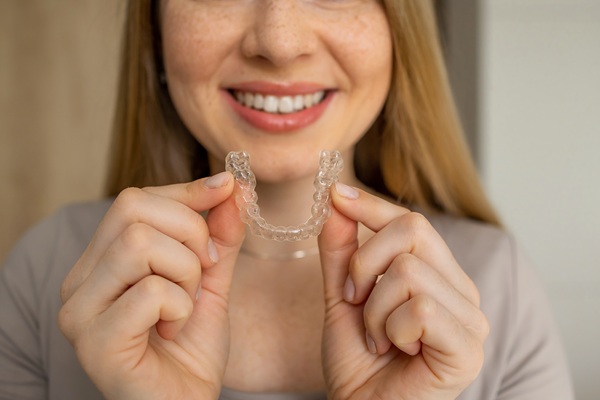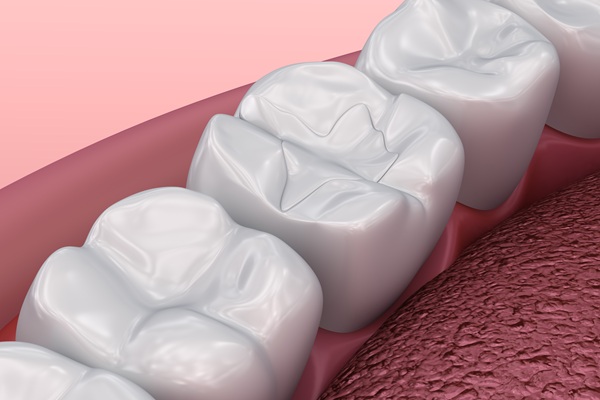 Your general dentist can use dental fillings to repair your cavities. A cavity could mean destruction for your tooth. A cavity may start as a tiny hole. Over time, it increases in size and depth. Dental fillings are the immediate solutions to every cavity you may have. If you want to find out how your general dentist uses fillings to treat tooth decay, here are the details.
Your general dentist can use dental fillings to repair your cavities. A cavity could mean destruction for your tooth. A cavity may start as a tiny hole. Over time, it increases in size and depth. Dental fillings are the immediate solutions to every cavity you may have. If you want to find out how your general dentist uses fillings to treat tooth decay, here are the details.
The definition of tooth decay
Tooth decay is when bacteria eat through the teeth and leave a hole behind. This hole or cavity still has the bacteria. It will keep getting bigger if it does not get treatment. Then, the cavity will lead to infection, which could spread to the jawbone and the bloodstream. The general dentist must remove the decaying part of the tooth.
Why a dental cavity needs a filling
Tooth decay causes sensitivity as it worsens. It could get big enough to reach the inner nerves of the tooth. This will continue to be a site of inflammation and infection. The general dentist must remove the decayed part of the tooth as early as possible. Doing so will prevent the progression of tooth decay.
Severe decay will leave the patient with a small amount of dental structure. The remaining healthy dental structure is weak. The weakness of the tooth will cause serious problems if the tooth does not receive enough support. That is why a dental crown should go over the tooth. The crown will protect the tooth from future trauma and bacterial infection.
Filling the cavity
The general dentist will remove the decayed tissue from the inside of the cavity. Removing dental decay will damage the tooth even more. The dentist will place a filling into the decayed portion of the tooth. This will replace the damaged part of the tooth.
Numbing the area near the decayed tooth (or teeth). This will include the jaw and the gums. Drilling the decay will come next. The dentist will clean out the tooth as a preparation for the dental filling. Selecting the right dental filling will then determine the method of placement.
The types of dental fillings
Many dentists use composite resin because its color mimics that of natural teeth. Some dental care providers use glass ionomer and silver fillings. The general dentist will mold the filling around the tooth. Aesthetics and function are the main goals in placing the dental filling.
Reasons for placing a temporary filling
A sedative or temporary filling is a dental procedure for a tooth with an indefinite condition. A general dentist can give a patient this filling as an intermediate method. Saving the tooth might take more extensive treatments. A temporary filling is an immediate solution when the patient comes in for a painful cavity.
Your general dentist can use dental fillings to treat and protect your tooth decay
Tooth decay can lead to more harmful health conditions if it does not get the right treatment. The cavity must be cleaned out, disinfected, and filled right away. This will relieve your dental pain and protect your tooth from further damage. Routine appointments with your general dentist will give you early dental filling treatments for every developing cavity.
Request an appointment or call Rohrbach Family Dentistry at 610-323-6086 for an appointment in our Pottstown office.
Related Posts
It is common for people to be nervous about their upcoming dental exam with a general dentist. Rest easy because there is no reason to be anxious about checkups like these. However, seeing a dentist twice a year is very important to your oral and overall health and safety.Dentists do much more than just look…
A loose tooth is not something that anyone wants to deal with as an adult. Thankfully, general dentists are trained and equipped to know what to do when a patient experiences a loosened tooth. Adult teeth can become loose as a result of an infection in the oral cavity. More often than not, this is due…
Visiting a general dentist regularly is crucial for your oral health. Your dentist has the knowledge and training to diagnose, treat, and prevent various conditions. You may think of this person most as someone who helps with cavities, gum disease, and cosmetic issues. But your dentist can also address challenges such as teeth grinding. If…


